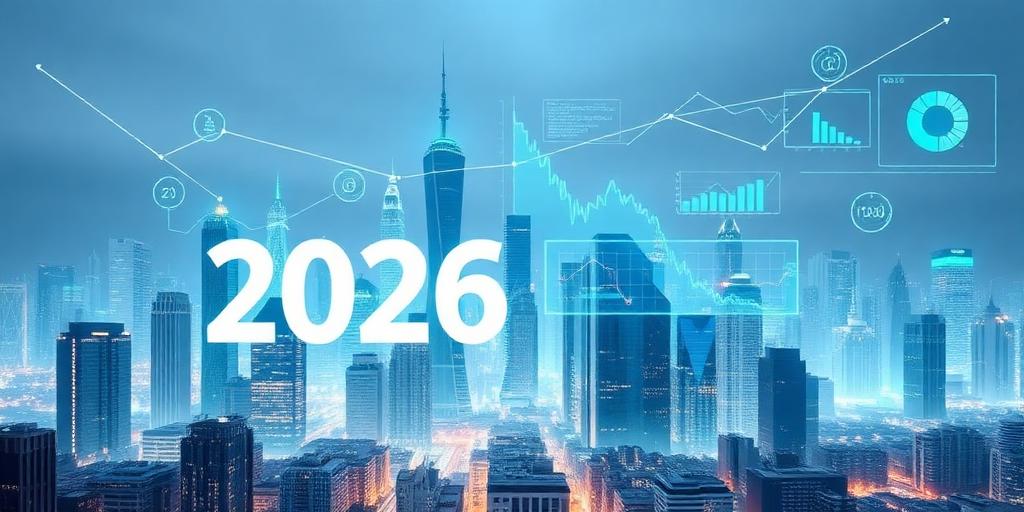Business and Economy Outlook for 2026
As we look ahead to 2026, several key trends and factors are expected to shape the business and economic landscape. This outlook provides an overview of potential developments, challenges, and opportunities for businesses and investors.
Global Economic Growth
Economic growth is projected to continue, albeit at a potentially slower pace than in previous years. Developed economies may experience moderate growth, while emerging markets are likely to drive overall expansion. Factors influencing this include:
- Trade Policies: Evolving trade relationships and policies will impact international commerce and supply chains.
- Technological Advancements: Innovations in areas such as AI, automation, and biotechnology will drive productivity and create new industries.
- Demographic Shifts: Aging populations in some regions and growing workforces in others will influence labor markets and consumer demand.
Key Economic Indicators
Monitoring key economic indicators will be crucial for understanding the trajectory of the economy:
- Inflation Rates: Central banks will continue to manage inflation, with interest rate adjustments impacting borrowing costs and investment.
- Employment Figures: Labor market dynamics, including unemployment rates and wage growth, will reflect the health of the economy.
- Consumer Spending: Consumer confidence and spending habits will play a significant role in driving economic activity.
Industry Trends
Several industries are poised for significant growth and transformation:
- Technology: Continued investment in digital infrastructure, cloud computing, and cybersecurity will support the growth of the tech sector.
- Healthcare: Aging populations and advancements in medical technology will drive demand for healthcare services and products.
- Renewable Energy: The transition to sustainable energy sources will accelerate, creating opportunities in renewable energy generation, storage, and distribution.
Challenges and Risks
Businesses and investors should be aware of potential challenges and risks:
- Geopolitical Instability: Global political tensions and conflicts can disrupt supply chains and create economic uncertainty.
- Cybersecurity Threats: Increasing reliance on digital systems makes businesses vulnerable to cyberattacks and data breaches.
- Regulatory Changes: Evolving regulations related to data privacy, environmental protection, and labor standards can impact business operations.
Strategies for Success
To navigate the evolving business and economic landscape, businesses should:
- Embrace Digital Transformation: Investing in digital technologies and data analytics can improve efficiency and enable innovation.
- Focus on Sustainability: Integrating environmental, social, and governance (ESG) factors into business strategies can enhance long-term value.
- Build Resilience: Diversifying supply chains, strengthening cybersecurity defenses, and adapting to regulatory changes can mitigate risks.
Conclusion
The business and economy outlook for 2026 presents both opportunities and challenges. By staying informed, adapting to changing conditions, and focusing on innovation and sustainability, businesses can position themselves for success in the years ahead.









